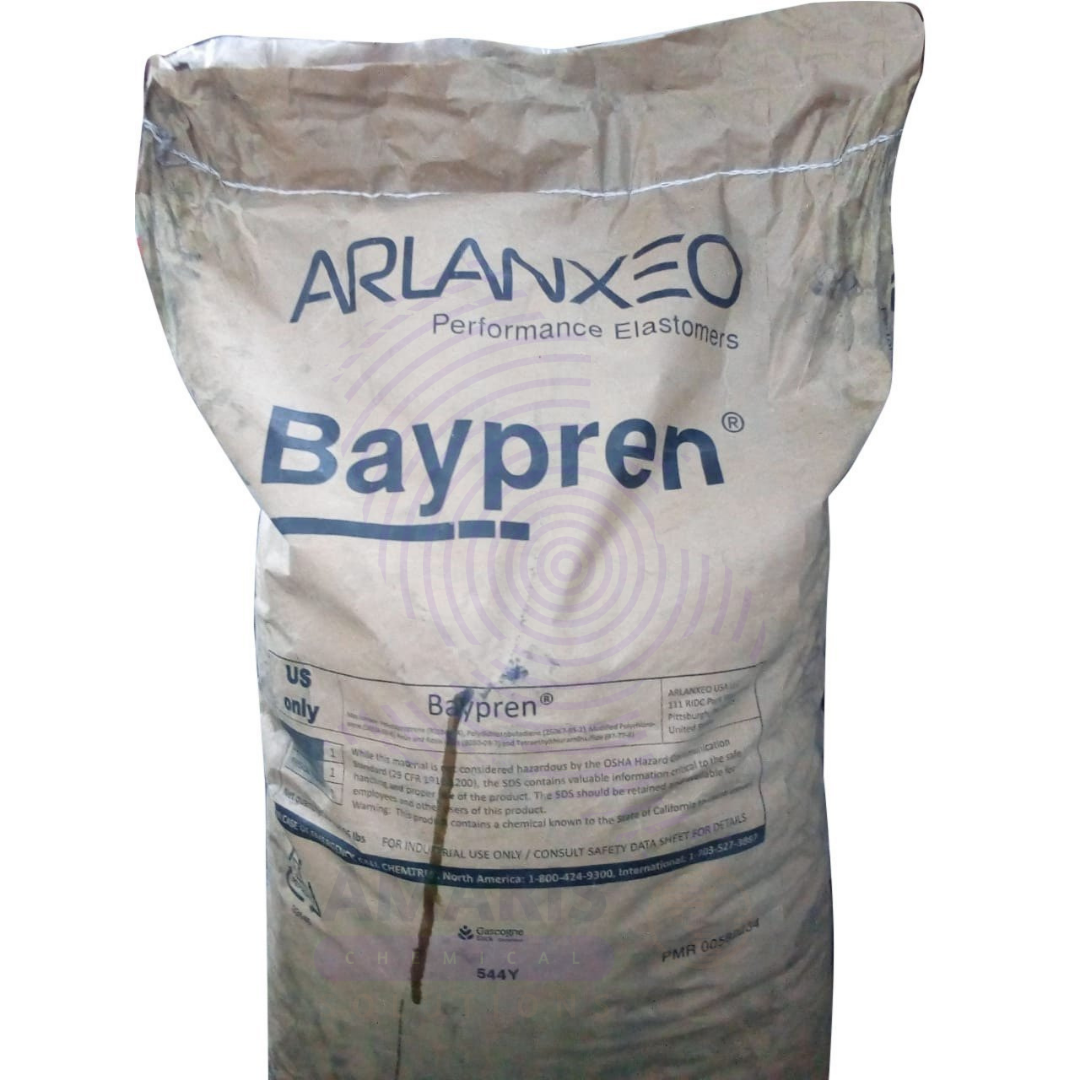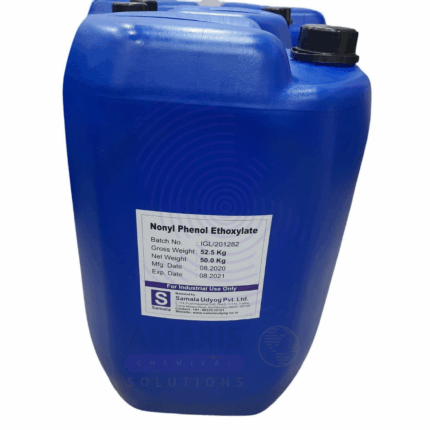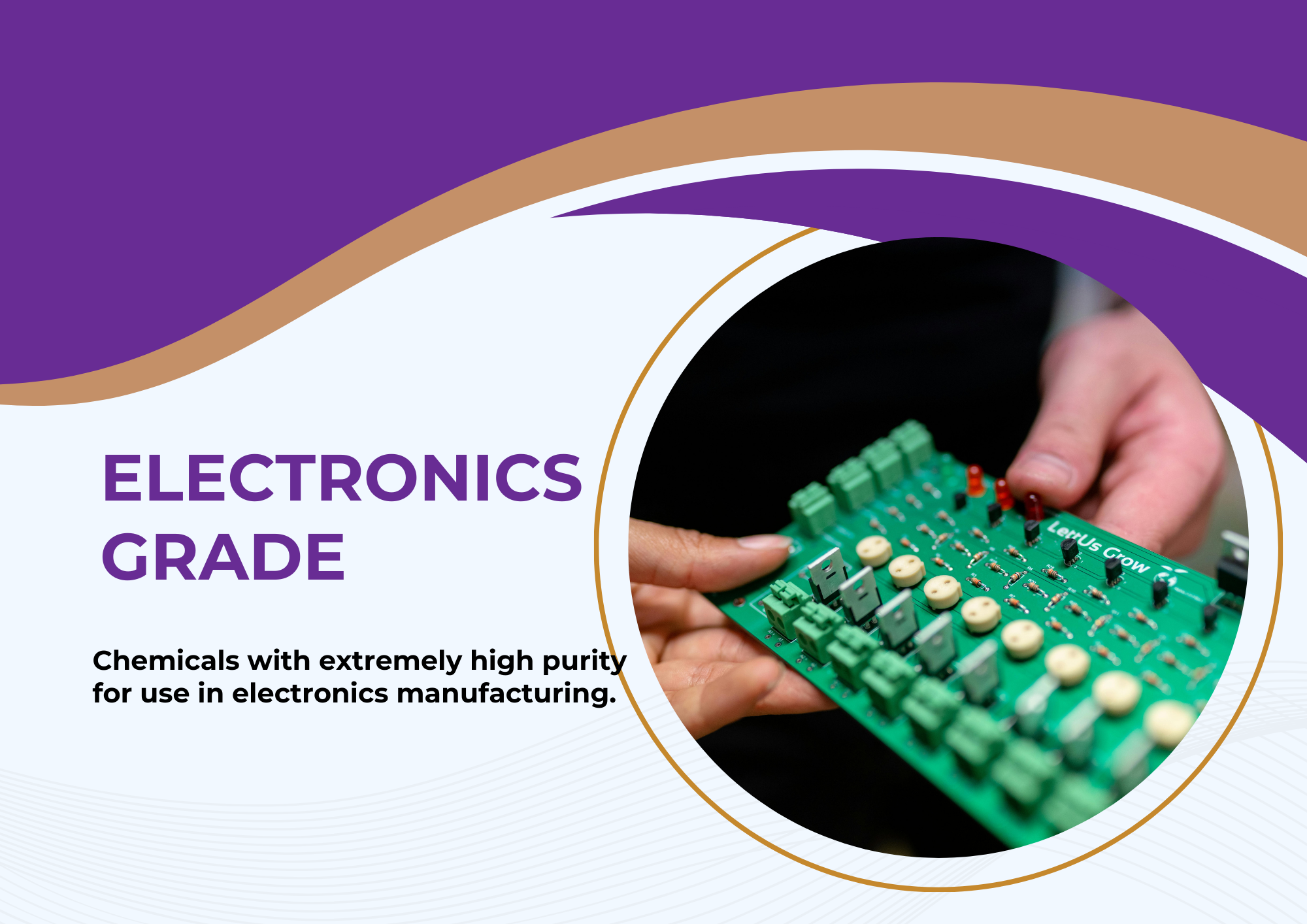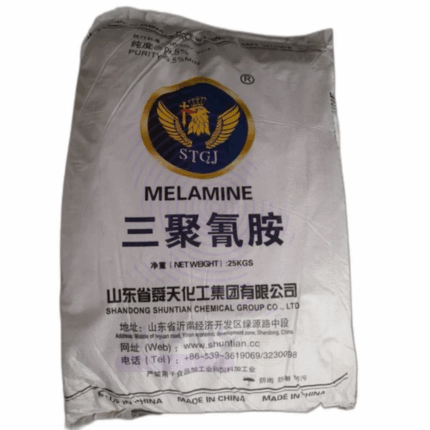Bayprene
Whatsapp Order
Bayprene is a high-quality, synthetic rubber polymer belonging to the class of nitrile butadiene rubbers (NBR). It is widely used for its excellent resistance to oils, fuels, chemicals, and abrasion, making it ideal for sealing, gasketing, hoses, and industrial applications where durability and chemical resistance are required. Bayprene exhibits good mechanical properties, high tensile strength, and resistance to swelling and degradation, especially in petroleum-based environments. It is commonly supplied as solid rubber sheets, molded parts, or raw polymer for compounding.
Description
Table of Contents
Toggle
Bayprene
Primary Uses
- Sealing and Gasketing:
Used extensively in the manufacturing of oil seals, gaskets, and O-rings in automotive, aerospace, and industrial machinery due to its resistance to petroleum oils and fuels. - Hoses and Tubing:
Ideal material for fuel and oil handling hoses, hydraulic hoses, and flexible tubing in harsh chemical environments. - Automotive Industry:
Applied in fuel system components, brake system seals, and vibration dampening parts due to its durability and chemical resistance. - Industrial Applications:
Used for conveyor belts, diaphragms, and molded parts exposed to oils and solvents in manufacturing plants and refineries. - Adhesives and Coatings:
Employed in specialty adhesives and protective coatings where resistance to fuels and oils is necessary.
Secondary Uses
- Protective Gloves:
Used in nitrile gloves production, offering resistance to punctures and chemicals in medical and industrial settings. - Sporting Goods:
Occasionally incorporated in synthetic rubber blends for grips and protective equipment. - Sealants:
Used as a component in sealant formulations for marine and construction industries requiring oil resistance.
Electrical Insulation:
- Limited use as insulating material due to good dielectric properties and chemical stability.
PRODUCT KEY FEATURES
- Basic Identification Attributes
- Chemical Name (IUPAC): Acrylonitrile butadiene copolymer
- Common/Trade Name: Bayprene
- CAS Number: 25038-81-7 (typical for nitrile rubber)
- HS Code: 4002.49.00 (Rubber and articles thereof)
- Molecular Formula: (C₄H₅N)_x·(C₄H₆)_y (copolymer composition varies)
- Synonyms: Nitrile Butadiene Rubber (NBR), Buna-N
- Physical & Chemical Properties
- Physical State: Solid rubber (sheets, blocks, or molded parts)
- Color & Odor: Typically black or dark brown, characteristic rubber odor
- Melting Point: Does not have a sharp melting point; softens over range 160-190°C
- Density: ~1.0 - 1.2 g/cm³
- Solubility: Insoluble in water; soluble in aromatic and chlorinated hydrocarbons
- Mechanical Properties: Tensile strength ~15-25 MPa, elongation at break 300-600%
- Resistance: Excellent resistance to oils, fuels, and many chemicals; moderate resistance to heat and ozone
- Flammability: Flammable, but self-extinguishing when removed from flame
- Safety & Hazard Attributes
- Hazard Class (GHS): Not classified as hazardous in solid form; dust/fume inhalation hazardous
- NFPA Ratings: Health 1, Flammability 2, Reactivity 0
- Exposure Limits: No specific limits, but dust may irritate respiratory system
- Reactivity: Stable under normal conditions; avoid strong oxidizers and high temperatures
- Incompatibilities: Avoid exposure to strong acids, bases, and oxidizing agents
- Storage & Handling Attributes
- Storage Conditions: Store in cool, dry place away from heat, flame, and sunlight
- Container Type: Rolls, sheets, or blocks wrapped in polyethylene or other moisture-proof packaging
- Shelf Life: Typically 1-3 years if stored properly
- Special Handling: Use gloves to avoid skin irritation; minimize dust generation when cutting or grinding
- Regulatory & Compliance Attributes
- Regulatory Status: Complies with international standards for synthetic rubbers
- Transportation: Not classified as hazardous for transport
- Waste Disposal: Dispose in accordance with local environmental regulations; avoid incineration without proper controls
- Environmental & Health Impact
- Ecotoxicity: Low direct toxicity; synthetic polymer persistence in environment
- Persistence: Not biodegradable; stable polymeric material
- Carcinogenicity/Mutagenicity: No known carcinogenic or mutagenic effects
- Biodegradability: Non-biodegradable
SAFETY HANDLING PRECAUTIONS
-
Safety Handling Precautions
- PPE: Wear gloves, protective clothing, and eye protection when handling rubber sheets or powders.
- Dust Control: Avoid inhalation of dust when cutting or grinding; use local exhaust ventilation or respirators if necessary.
- Fire Safety: Keep away from ignition sources; have suitable fire extinguishers (foam, CO₂) nearby.
- Handling: Use mechanical aids for heavy rolls or blocks; avoid prolonged skin contact to reduce irritation risk.
- Storage: Store away from strong oxidizers and direct sunlight to prevent degradation.
First Aid Measures
- Inhalation: Remove to fresh air if dust inhaled; seek medical attention if respiratory irritation persists.
- Skin Contact: Wash with soap and water; seek medical advice if irritation occurs.
- Eye Contact: Rinse with plenty of water for at least 15 minutes; get medical help if irritation continues.
- Ingestion: Not expected; rinse mouth and seek medical advice if swallowed.
Firefighting Measures
- Fire Hazards: Flammable solid; produces toxic fumes including carbon monoxide and nitrogen oxides on burning.
- Extinguishing Media: Use foam, dry chemical powder, or CO₂ extinguishers. Avoid water streams that may spread fire.
- Special Precautions: Firefighters should wear full protective gear and self-contained breathing apparatus (SCBA).
- Preventive Actions: Store away from heat sources and oxidizers to prevent fire risks.
Related products
Dicumyl Peroxide
Dicumyl Peroxide (DCP) is a widely used organic peroxide with powerful free radical initiator properties. It appears as a white crystalline solid with a characteristic odor and is primarily employed as a cross-linking agent and polymerization initiator in the plastics and rubber industries. Due to its ability to generate free radicals upon thermal decomposition, it facilitates curing and cross-linking of polymers, improving mechanical properties and heat resistance. Dicumyl Peroxide is a key component in manufacturing processes for polyethylene, polypropylene, EPDM rubber, and other elastomers.
Epikote 828 (Epoxy Resin)
Epikote 828 is a liquid bisphenol-A-based epoxy resin with a low molecular weight. It is one of the most widely used general-purpose epoxy resins in industrial applications due to its excellent mechanical, chemical, and thermal properties. Epikote 828 cures with various hardeners, especially amines, to form thermoset polymers with outstanding adhesion, chemical resistance, and dimensional stability. The resin is typically a clear to pale yellow viscous liquid and is soluble in most organic solvents. It is primarily used in coatings, adhesives, composites, electrical encapsulation, flooring systems, and structural materials.
Ethylene Glycol Monoethyl Ether
Ethylene Glycol Monoethyl Ether, also known as 2-Ethoxyethanol or Ethyl Cellosolve, is a clear, colorless, and hygroscopic liquid with moderate volatility and excellent solvency. It belongs to the glycol ether family and is widely used as a solvent and coalescing agent due to its ability to dissolve both polar and non-polar compounds. It is miscible with water and many organic solvents and has a moderate boiling point (~135°C). It finds extensive applications across coatings, inks, adhesives, cleaners, and chemical synthesis industries.
Melamine
Melamine is an organic compound widely used as a raw material in the production of melamine-formaldehyde resins, laminates, adhesives, coatings, and flame retardants. It offers excellent hardness, thermal stability, and chemical resistance. Supplied in 25kg bags, melamine is a white crystalline powder with high nitrogen content, making it a valuable additive in plastics, construction materials, and surface treatments.
Methoxy benzophenone Sulfonic Acid
Methoxy Benzophenone Sulfonic Acid is a water-soluble UV filter widely used in sunscreen and cosmetic formulations. It absorbs ultraviolet (UV) radiation, primarily in the UVB range, protecting skin and products from harmful effects of sun exposure. This compound appears as a white to off-white powder or crystalline solid and is valued for its photostability and broad-spectrum UV protection.
Nickel Sulphate
Product Description
Nickel Sulphate is an inorganic compound consisting of nickel and sulfate ions, typically found as a green crystalline solid. It is highly soluble in water and widely used as a key raw material in electroplating, chemical synthesis, and battery manufacturing. Nickel Sulphate plays a crucial role in producing nickel metal coatings, catalysts, pigments, and in the preparation of other nickel compounds. Due to its versatile chemical properties, it is essential in various industrial processes.Orbit LCD 48%
Product Description
Orbit LCD 48% is a concentrated liquid chemical dispersant designed to improve the dispersion of pigments, fillers, and other particulate materials in coatings, paints, inks, and adhesives. It enhances color uniformity, stability, and rheological properties of formulations by reducing particle agglomeration and sedimentation. With excellent compatibility in waterborne and solvent-based systems, Orbit LCD 48% is widely used in industrial and decorative coatings for optimal performance.Xysil 200 Fumed Silica 200
Xysil 200 Fumed Silica 200 is a high-purity fumed silica produced through flame hydrolysis of silicon tetrachloride. It is an ultra-fine, amorphous, white powder with a very high surface area and low bulk density. Xysil 200 is widely used as a reinforcing filler, thickening agent, anti-caking agent, and rheology modifier in various industrial applications. Its unique physical properties improve the mechanical strength, viscosity, and stability of formulated products.


 Preservatives(food)
Preservatives(food) Flavor Enhancers
Flavor Enhancers Acidulants
Acidulants Sweeteners
Sweeteners Antioxidants
Antioxidants Colorants(food)
Colorants(food) Nutraceutical Ingredients (food)
Nutraceutical Ingredients (food) Nutrient Supplements
Nutrient Supplements Emulsifiers
Emulsifiers
 Collectors
Collectors Dust Suppressants
Dust Suppressants Explosives and Blasting Agents
Explosives and Blasting Agents Flocculants and Coagulants
Flocculants and Coagulants Frothers
Frothers Leaching Agents
Leaching Agents pH Modifiers
pH Modifiers Precious Metal Extraction Agents
Precious Metal Extraction Agents
 Antioxidants(plastic)
Antioxidants(plastic) Colorants (Pigments, Dyes)
Colorants (Pigments, Dyes) Fillers and Reinforcements
Fillers and Reinforcements Flame Retardants
Flame Retardants Monomers
Monomers Plasticizers
Plasticizers Polymerization Initiators
Polymerization Initiators Stabilizers (UV, Heat)
Stabilizers (UV, Heat)
 Antifoaming Agents
Antifoaming Agents Chelating Agents
Chelating Agents Coagulants and Flocculants
Coagulants and Flocculants Corrosion Inhibitors
Corrosion Inhibitors Disinfectants and Biocides
Disinfectants and Biocides Oxidizing Agents
Oxidizing Agents pH Adjusters
pH Adjusters Scale Inhibitors( water)
Scale Inhibitors( water)
 Antioxidants(cosmetic)
Antioxidants(cosmetic) Emollients
Emollients Fragrances and Essential Oils
Fragrances and Essential Oils Humectants
Humectants Preservatives
Preservatives Surfactants(cosmetic)
Surfactants(cosmetic) Thickeners
Thickeners UV Filters
UV Filters
 Fertilizers
Fertilizers Soil Conditioners
Soil Conditioners Plant Growth Regulators
Plant Growth Regulators Animal Feed Additives
Animal Feed Additives Biostimulants
Biostimulants Pesticides (Herbicides, Insecticides, Fungicides)
Pesticides (Herbicides, Insecticides, Fungicides)
 Active Pharmaceutical Ingredients (APIs)
Active Pharmaceutical Ingredients (APIs) Excipients
Excipients Solvents(pharmaceutical)
Solvents(pharmaceutical) Antibiotics
Antibiotics Antiseptics and Disinfectants
Antiseptics and Disinfectants Vaccine Adjuvants
Vaccine Adjuvants Nutraceutical Ingredients (pharmaceutical)
Nutraceutical Ingredients (pharmaceutical) Analgesics & Antipyretics
Analgesics & Antipyretics
 Analytical Reagents
Analytical Reagents Solvents(lab)
Solvents(lab) Chromatography Chemicals
Chromatography Chemicals Spectroscopy Reagents
Spectroscopy Reagents microbiology-and-cell-culture-reagents
microbiology-and-cell-culture-reagents Molecular Biology Reagents
Molecular Biology Reagents Biochemical Reagents
Biochemical Reagents Inorganic and Organic Standards
Inorganic and Organic Standards Laboratory Safety Chemicals
Laboratory Safety Chemicals Specialty Laboratory Chemicals(Special Laboratory Equipment)
Specialty Laboratory Chemicals(Special Laboratory Equipment)
 Demulsifiers
Demulsifiers Hydraulic Fracturing Fluids
Hydraulic Fracturing Fluids Scale Inhibitors(oil)
Scale Inhibitors(oil) Surfactants(oil)
Surfactants(oil) Drilling Fluids
Drilling Fluids
 Dyes and Pigments
Dyes and Pigments Bleaching Agents
Bleaching Agents Softening Agents
Softening Agents Finishing Agents
Finishing Agents Antistatic Agents
Antistatic Agents
 Admixtures
Admixtures Waterproofing Agents
Waterproofing Agents Sealants and Adhesives
Sealants and Adhesives Curing Compounds
Curing Compounds Concrete Repair Chemicals
Concrete Repair Chemicals Anti-Corrosion Coatings
Anti-Corrosion Coatings
 Surfactants(cleaning)
Surfactants(cleaning) Builders
Builders Enzymes
Enzymes Solvents (Cleaning)
Solvents (Cleaning) Fragrances
Fragrances
 Electronic Chemicals
Electronic Chemicals Catalysts
Catalysts Lubricants
Lubricants Photographic Chemicals
Photographic Chemicals Refrigerants
Refrigerants Automotive chemicals
Automotive chemicals Pyrotechnic Chemicals
Pyrotechnic Chemicals
 Biodegradable Surfactants
Biodegradable Surfactants Bio-based Solvents
Bio-based Solvents Renewable Polymers
Renewable Polymers Carbon Capture Chemicals
Carbon Capture Chemicals Wastewater Treatment Chemicals
Wastewater Treatment Chemicals
 Pigments
Pigments Solvents(paint)
Solvents(paint) Specialty Coatings
Specialty Coatings Binders/Resins
Binders/Resins Additives
Additives Driers
Driers Anti-Corrosion Agents
Anti-Corrosion Agents Functional Coatings
Functional Coatings Application-Specific Coatings
Application-Specific Coatings
 Fresh Herbs
Fresh Herbs Ground Spices
Ground Spices Whole Spices
Whole Spices Spice Blends
Spice Blends Dried Herbs
Dried Herbs
 Leavening Agents
Leavening Agents Dough Conditioners
Dough Conditioners Flour Treatments
Flour Treatments Fat Replacers
Fat Replacers Decoratives
Decoratives Preservatives(baking)
Preservatives(baking)
 Plasticizers & Softeners
Plasticizers & Softeners Reinforcing Agents
Reinforcing Agents Adhesion Promoters
Adhesion Promoters Vulcanizing Agents
Vulcanizing Agents Antidegradants
Antidegradants Blowing Agents
Blowing Agents Fillers & Extenders
Fillers & Extenders Accelerators & Retarders
Accelerators & Retarders























